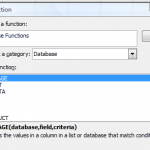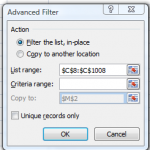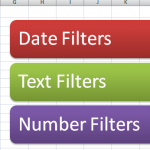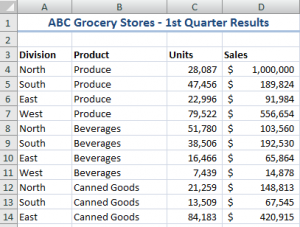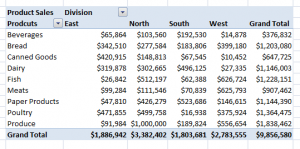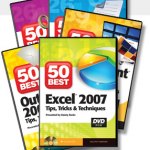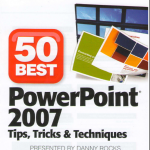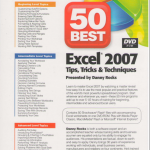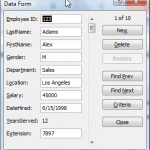By customer request, I am going to start posting a series of Video Lessons offering tips for using Microsoft Access 2007.
Initially, I am going to focus on showing your how to integrate Access with other Office Programs (Excel and Outlook). Depending on the response I receive from you, my viewers, I will go deeper into the program to show you how to get the most out of a Relational Database System – MS Access.
As you can see from this beautiful cover, I have published “The 50 Best Tips for Access 2007”on DVD-ROM. This image is the “Dashboard Menu” for the DVD-ROM. You just click on the category and the DVD opens up the sub-menu for the specific lessons covered in that section.
You can learn more about the contents of my DVD-ROM by:
- Going to see a list of the tips I demonstrate on my DVD-ROM – this list includes the Run time for each video lesson.
- Downloading a PDF of the Detailed Content List for The 50 Best Tips for Access 2007.
- Open a secure shopping cart to purchase your copy of “The 50 Best Tips for Access 2007” on DVD-ROM
- Buy now and save 20% on any purchase! Use Coupon SAVE-20-PCT at checkout.
Thank you!
Danny Rocks
The Company Rocks

